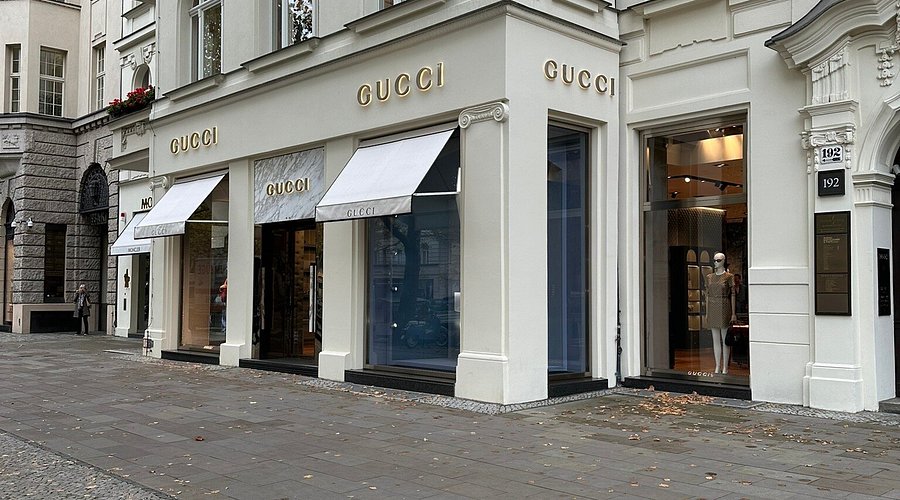From Diamonds to Data: Why Ultra Rich Families Are Investing in Personal Information Vaults
By
Sophie Moore
Last updated:
September 24, 2025
First Published:
September 24, 2025

Photo: CNN
The evolution of personal assets
Traditional wealth has long been measured in tangible forms such as real estate, art, and financial instruments. In the digital age, the ultra wealthy are increasingly recognizing that personal data can be just as valuable, if not more so. Private information, intellectual property, and sensitive family records are being safeguarded in highly secure data vaults, reflecting a shift in how wealth is protected and preserved for future generations.
What personal information vaults are
Personal information vaults are advanced systems designed to store critical digital and physical records securely. These may include financial documents, legal contracts, medical histories, family archives, digital keys, and proprietary business information. High net worth families use these vaults not only for storage but as a strategy to maintain control over sensitive information across generations.
Security and privacy as luxury
In a world where cyber threats are pervasive, the ability to protect personal data has become a symbol of status. Wealthy families are investing in encrypted storage, private servers, and multi layer security protocols. Privacy is now treated as a premium commodity, with access carefully restricted to trusted individuals. The ability to maintain control over one’s digital legacy is increasingly viewed as an essential aspect of modern luxury.
Generational planning and inheritance
Information vaults also play a critical role in succession planning. Families can ensure that future generations have access to crucial knowledge, financial records, and historical context without risk of loss or unauthorized exposure. By integrating data management into wealth planning, the ultra wealthy are redefining inheritance to include not only financial assets but also knowledge, strategy, and digital legacy.
Integration of cutting edge technology
Advanced technologies such as blockchain, AI monitoring, and biometric authentication enhance the functionality of personal information vaults. These systems allow families to verify identities, track access, and maintain records securely. Automation ensures that sensitive information is managed efficiently, reducing risk while maintaining convenience for authorized users.
Protecting intellectual and creative assets
Beyond financial data, vaults are increasingly used to safeguard intellectual property and creative works. Business strategies, patents, unpublished literary works, and artistic creations are preserved in secure digital environments. For high net worth families, safeguarding intellectual capital ensures that value creation extends beyond immediate wealth into long term influence and legacy.
The cultural significance of data ownership
Investing in personal data vaults reflects a broader cultural shift in how privacy and control are valued. For the ultra wealthy, owning and protecting information signals foresight, sophistication, and strategic thinking. It elevates privacy to the level of a cultural asset, reinforcing social status while providing tangible benefits in both security and family governance.
Legal and regulatory considerations
As regulations around data protection evolve globally, these vaults also serve as compliance tools. Families can ensure that their information is stored in jurisdictions that safeguard privacy and meet legal standards. This strategic positioning reduces risk, demonstrating that careful management of personal data is both a legal necessity and a marker of elite prudence.
The intersection of lifestyle and technology
Personal information vaults are an example of how luxury lifestyles increasingly intersect with technology. The wealthy are not only purchasing aesthetic or recreational items but also investing in systems that enhance security, autonomy, and continuity. Data management becomes an extension of lifestyle, where technology and privilege combine to protect both wealth and identity.
The future of ultra wealthy legacy
As digital presence continues to grow, personal information vaults are likely to become a standard component of elite estate planning. Protecting data, intellectual property, and family history will be as important as safeguarding financial assets. For the ultra wealthy, the ultimate legacy is no longer defined solely by material possessions but by the ability to control, preserve, and pass on knowledge, information, and influence across generations.
Subscribe to unlock premium content
Sed at tellus, pharetra lacus, aenean risus non nisl ultricies commodo diam aliquet arcu enim eu leo porttitor habitasse adipiscing porttitor varius ultricies facilisis viverra lacus neque.
A comprehensive guide on Agile development

10 Productivity tools that are worth checking out

Top 7 Must have management tools for productivity

A comprehensive guide on Agile development

10 Productivity tools that are worth checking out

A comprehensive guide on Agile development








.png)
